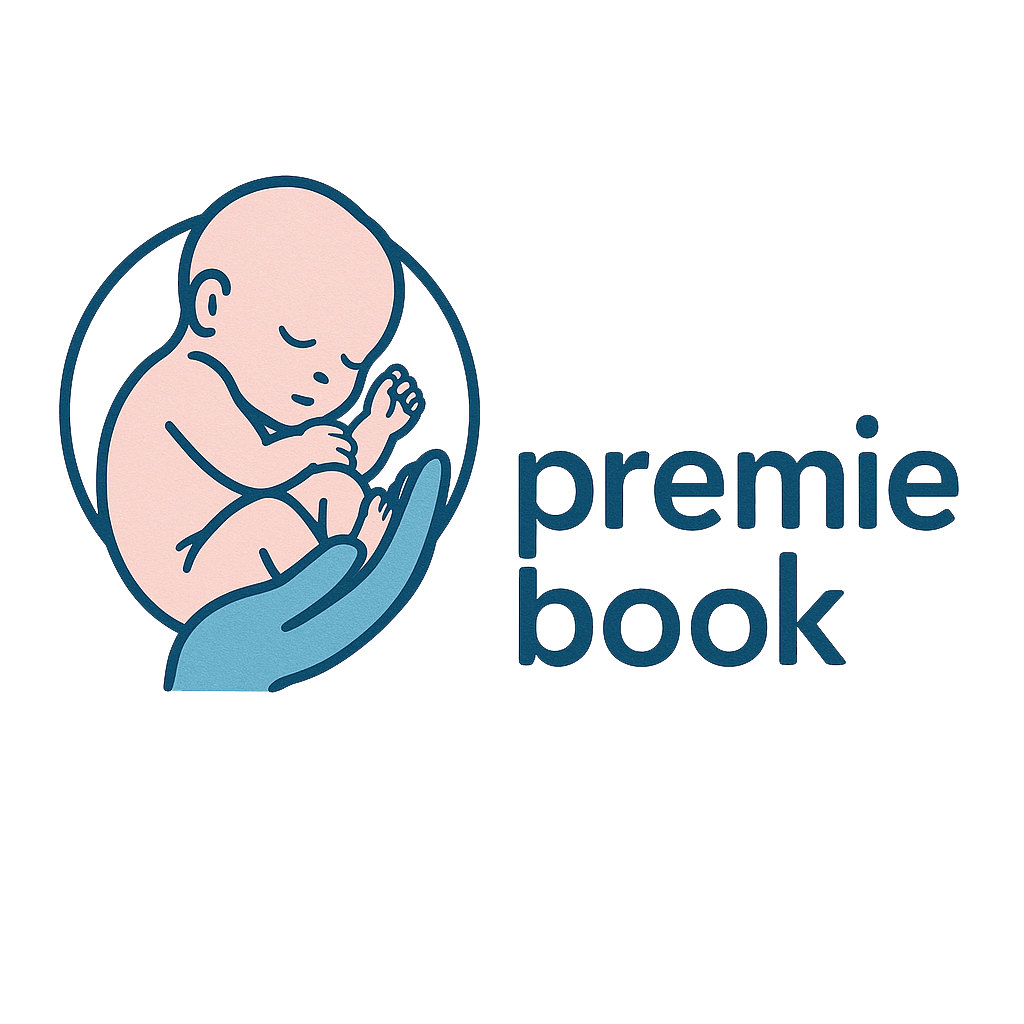A comprehensive Residential Water Softener Consumables Market Analysis reveals critical trends, challenges, and opportunities within the sector. The analysis highlights the increasing demand for salt tablets and resin replacements, as these are essential for the proper functioning of water softening systems. Challenges such as fluctuating raw material prices and competition from alternative water treatment solutions may impact market dynamics. However, opportunities in developing advanced ion exchange resins and eco-friendly water treatment supplies are emerging, allowing businesses to enhance their offerings and meet the growing demand for residential water softener consumables.
The residential water softener consumables market has witnessed substantial growth in recent years, driven by the increasing awareness of water quality and the need to prevent hard water-related problems in households. Hard water contains high levels of calcium and magnesium, which can lead to scale buildup in pipes, appliances, and water-using fixtures. To combat these challenges, residential water softeners have become a popular solution, with consumables such as resin beads, salt, and cleaning agents being essential for the system’s effective operation. The market growth is further fueled by rising urbanization, expanding middle-class households, and the demand for enhanced home water treatment solutions.
Market Drivers and Trends
Several factors are propelling the residential water softener consumables market forward. First, the growing concern for household hygiene and maintenance is pushing consumers to invest in water treatment systems. Hard water not only damages appliances but also reduces the effectiveness of detergents, soap, and personal care products. Second, technological advancements in water softener systems, including smart water softeners with monitoring features, are encouraging consistent use of consumables to maintain system efficiency. Additionally, the rising adoption of eco-friendly and sustainable salt alternatives and resin materials reflects a shift toward environmentally conscious consumer choices.
Urban households are also increasingly aware of the long-term cost savings associated with water softeners. Regular replacement of consumables prevents scale buildup, reducing energy consumption in water heaters and extending the lifespan of household appliances. Market players are focusing on offering subscription-based consumables delivery, simplifying maintenance and ensuring continuous soft water availability. Furthermore, government initiatives promoting water quality monitoring and household water treatment awareness contribute to market growth by encouraging residents to adopt effective softening solutions.
Key Applications and End-Users
The primary application of residential water softener consumables is in private households, where water hardness varies significantly depending on the region. In areas with extremely hard water, the demand for salt tablets and specialized resin beads is particularly high. End-users range from single-family homes to larger multi-unit residences, all seeking to maintain water quality and safeguard plumbing systems. In addition, residential water softener systems are commonly integrated with other home water filtration solutions, highlighting the interdependence of consumables with broader water treatment infrastructure.
Manufacturers of water softeners and consumables are also exploring value-added features, including easy-to-use refill packs, automated salt level indicators, and improved resin regeneration solutions. This ensures consumers can maintain optimal system performance without complex maintenance procedures. By focusing on convenience, durability, and efficiency, the market is expected to sustain steady growth over the next decade.
Regional Insights
North America and Europe dominate the residential water softener consumables market, primarily due to higher disposable incomes, advanced infrastructure, and strong consumer awareness about water quality. In Asia-Pacific, growing urbanization, rising homeownership, and increasing exposure to modern water treatment practices are boosting market penetration. Latin America and the Middle East are emerging as potential markets due to investments in residential water treatment and increasing concerns over water hardness in urban centers.
Challenges in the Market
Despite growth opportunities, the market faces certain challenges. The upfront cost of water softener systems and the recurring cost of consumables can be a barrier for price-sensitive consumers. Additionally, improper disposal of used salt and resin materials may have environmental implications, creating the need for sustainable product development. Companies are investing in research to develop low-waste consumables and environmentally friendly regeneration methods to address these concerns.
Conclusion
The residential water softener consumables market is poised for continued growth, driven by technological innovation, consumer awareness, and the rising demand for high-quality household water. By addressing challenges related to cost and sustainability, manufacturers can strengthen their market position while ensuring household water systems remain efficient and reliable.
FAQs
-
What are residential water softener consumables?
They include items such as salt, resin beads, and cleaning agents that are essential for the proper functioning of residential water softeners. -
Why is there a need for water softener consumables?
Consumables prevent scale buildup, maintain appliance efficiency, and ensure consistent soft water quality. -
Which regions are driving market growth?
North America and Europe are key markets, while Asia-Pacific is witnessing rapid growth due to urbanization and rising consumer awareness. -
Abrasive Waterjet Cutting Machine Market Share
Compressed Air Treatment Equipment Market Share


